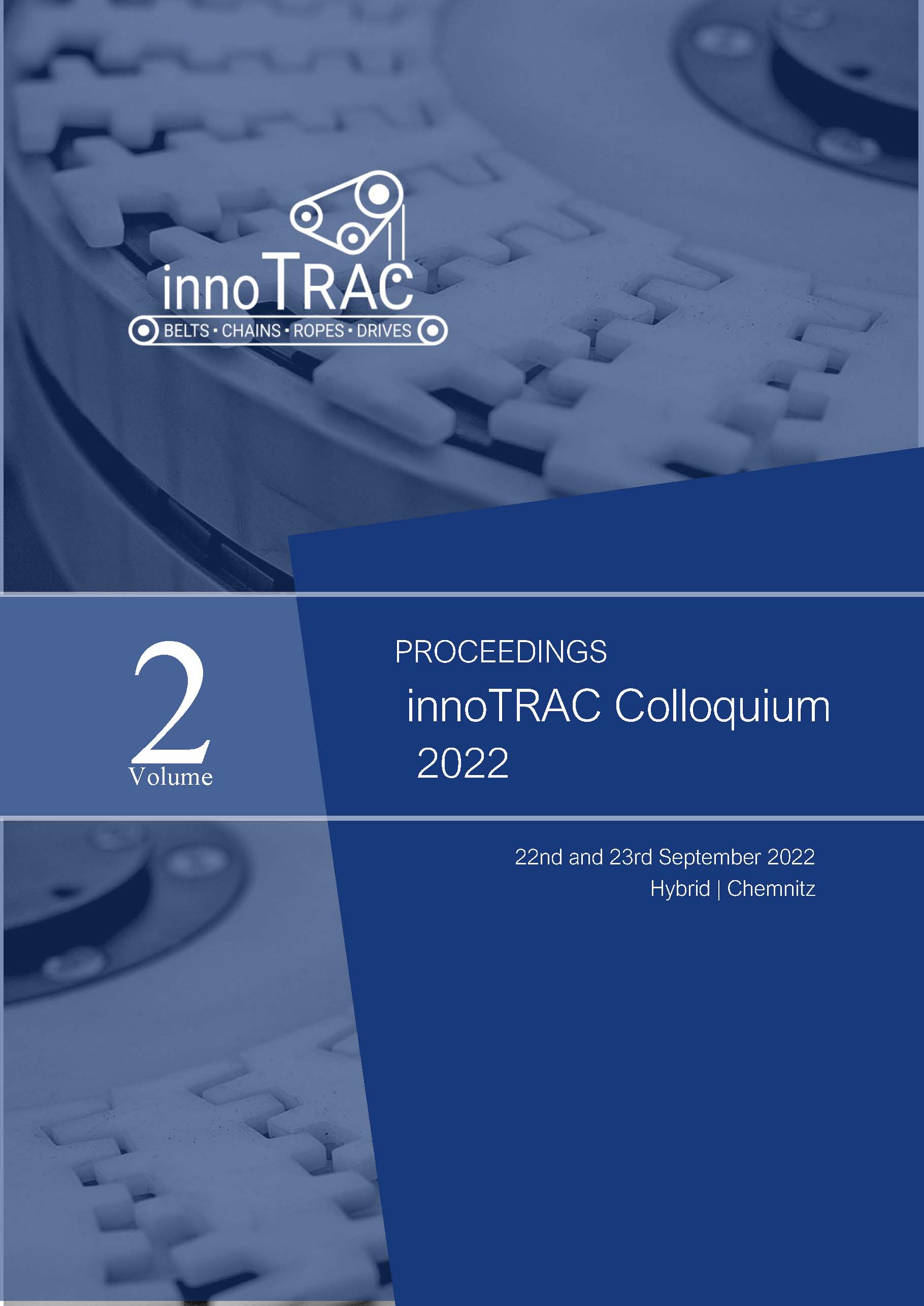Structural stability of Polylactide rope drums with a hybrid Gyroid-spokes infill structure, manufactured through fused filament fabrication
DOI:
https://doi.org/10.14464/innotrac.v2i1.516Keywords:
additive manufacturing, fused filament fabrication, material handling, lifting equipment, rope drumAbstract
Additive manufacturing (AM) offers greater design freedom than conventional manufacturing processes. AM allows for components with complex infill structures of e. g. triply periodic-minimal surfaces (TPMS) that lead to significant weight reduction. Nevertheless, AM is mainly used in specialised engineering branches such as aerospace and medical engineering. This is due to high system cost and the high energy costs of the machines used, which utilise selective laser sintering (SLS), laser powder bed fusion (LPBF), or stereolithography (SLA). Fused filament fabrication (FFF) can offer cheaper and more energy-efficient machines. A series of tensile tests with FFF rope drum bodies made from polylactide (PLA) aims to investigate the stability of FFF machine elements. The test specimens possess a novel, hybrid infill structure comprised of straight spokes and a TPMS-gyroid surface. Compared to previous investigations, the specific breaking force – relative to the test specimens’ weight – increased by up to 159%. Whereas the infill density affects tensile strength as well as deformation, the infill distribution between the TPMS and spokes part of said hybrid structure affects especially the deformation behaviour. The results show that FFF machine elements such as the tested drum bodies have a realistic perspective for use in future products with regard to static strength.

Downloads
Published
How to Cite
Issue
Section
License
Copyright (c) 2022 Raimond Hofmann, Armin Bochert, Thorsten Schmidt

This work is licensed under a Creative Commons Attribution 4.0 International License.
All articles will be published open access under the license Creative Commons Attribution 4.0 (CC BY 4.0).
